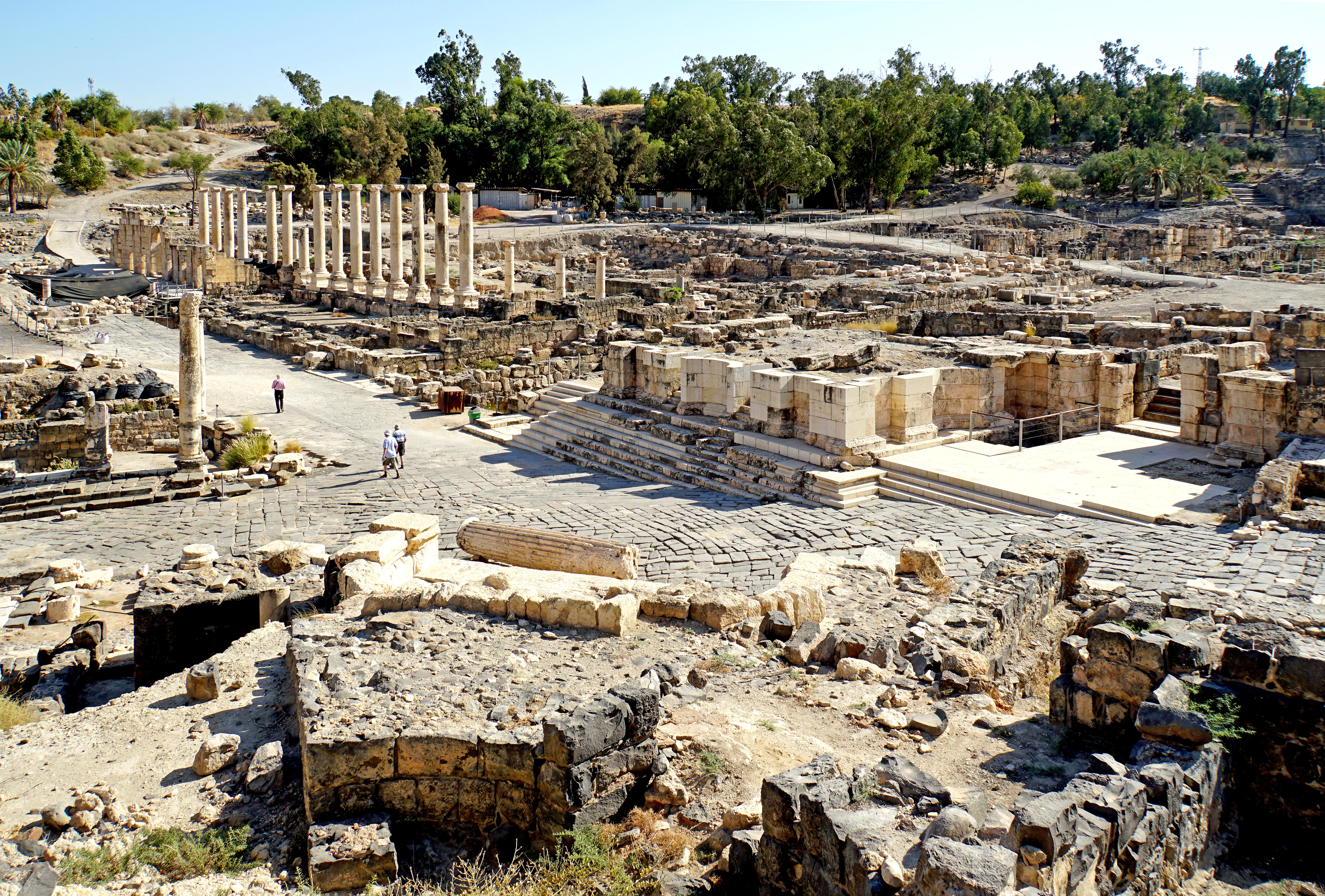
Member Article
Scientists studying ancient materials reveal innovation for the future
From Roman concrete and synthetic fossils, ancient materials are inspiring the creation of innovative systems and devices at Université Paris-Saclay.
How can archaeological objects or fossils transform to resist degradation for millennia or even millions of years? Could scientists and engineers learn from these processes to design new modern materials? Those questions are at the heart of the research interests of an international team led by Loïc Bertrand, Director of the IPANEMA European Research Platform on Ancient Materials at Université Paris-Saclay.
“Modern physics and chemistry provide tools and methods to study the composition and properties of materials from the arts, archaeology and paleontology,” says Bertrand. “A fascinating benefit is ‘paleo-inspiration’: new materials that emerge from in-depth studies of the exceptional properties encountered in a range of ancient and historical materials.”
In order to foster the development of innovative technologies based on ancient materials, the team – composed of Bertrand, along with Claire Gervais, Professor of materials chemistry at Bern University of the Arts and lecturer at EPFL; Admir Masic, the Esther and Harold E. Edgerton Career Development Professor of Civil and Environmental Engineering at MIT; and Luc Robbiola, CNRS Research engineer at the TRACES laboratory of the Toulouse University – discussed these numerous opportunities in a paper entitled “Paleo-inspired systems: Durability, Sustainability and Remarkable Properties”.
Published in Angewandte Chemie International Edition, this paper reviews recent work on ancient chemical processes, including the formation of Roman concrete, synthetic fossils, and artists’ pigments such as Mayan and Egyptian blues.
For instance, scientists are learning how to reverse-engineer the recipe of Roman concrete, based on volcanic ashes or recycled materials, as such simple practices could lead to buildings that exhibit durability far beyond the lifespan of modern Portland cement.
Ancient concrete is also eco-friendlier in terms of the energy consumption required for its production. As “bio-inspired” research mimics biological properties to engineer new materials, “paleo-inspiration” can thus inspire more sustainable, durable, and innovative materials.
This review results from close interdisciplinary collaboration between four academic sites in France, Switzerland and the US. One of which, IPANEMA – the joint laboratory from CNRS, the French Ministry of Culture, and Versailles Saint-Quentin-en-Yvelines University – supports synchrotron-based research at Synchrotron SOLEIL, the only infrastructure for heritage science at a large-scale facility. IPANEMA is a centre dedicated to the development of advanced methodologies of material characterisation in archaeology, paleo-environments, paleontology and cultural heritage.
IPANEMA also coordinates the scientific strategy of a new European initiative called the European Research Infrastructure for Heritage Science (E-RIHS). Through E-RIHS, international researchers will gain increased support for the in-depth study of ancient materials using a range of advanced methods.
“IPANEMA and TRACES will host scientists who will directly benefit from cutting-edge analytical methods of photon- and electron-based microscopy,” Bertrand says, “Paleo-inspiration is an outcome of heritage studies that shows powerful promise to better connect Humanities and Natural Sciences in common endeavors and innovation.”
This was posted in Bdaily's Members' News section by Université Paris-Saclay .




 test article 123456789
test article 123456789
 hmcmh89cg45mh98-cg45hm89-
hmcmh89cg45mh98-cg45hm89-
 test456456456456456456
test456456456456456456
 test123123123123123123
test123123123123123123
 test xxxdiosphfjpodskhfiuodsh
test xxxdiosphfjpodskhfiuodsh
 Savour the flavour: North Tyneside Restaurant Week returns for 2024
Savour the flavour: North Tyneside Restaurant Week returns for 2024
 Six steps to finding the right buyer for your business
Six steps to finding the right buyer for your business
 Stephen signs off on a special night
Stephen signs off on a special night
 Life’s a Peachaus: Gillian Ridley Whittle
Life’s a Peachaus: Gillian Ridley Whittle
 Making a splash: Phil Groom
Making a splash: Phil Groom
 Making workplace wellbeing a priority
Making workplace wellbeing a priority
 A record of delivery, a promise of more: Ben Houchen
A record of delivery, a promise of more: Ben Houchen